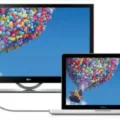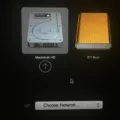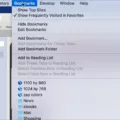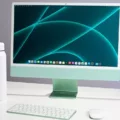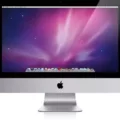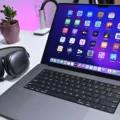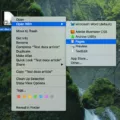If you’re a Mac user who needs to use Windows, then you may have heard of dual booting. Dual booting is when you install two diferent operating systems on your computer and switch between them at startup. This can be incredibly useful if you need to occasionally use Windows-only applications, or if you just want the flexibility of having both macOS and Windows available whenever you need them.
In this post, we’ll guide you through the process of dual-booting your Mac with Windows 10 using Boot Camp. Boot Camp is a native Mac feature that allows users to easily install and run Windows on their Mac computers. With Boot Camp, you can quickly and easily set up a partition on your hard drive that can hold both macOS and Windows 10, giving you the best of both worlds.
Before geting started, make sure you have an 8GB+ USB flash drive for installing drivers later in the process and a copy of the latest version of Windows 10 (Home or Pro) in either ISO or USB format. You’ll also need to make sure your Mac meets all the requirements for running Windows 10.
The first step is to open up Boot Camp Assistant from within your Applications folder. The assistant will walk you through the entire process of setting up your hard drive partition and installing Windows 10 on it. When prompted, select the ISO image file or USB drive containing your copy of Windows 10 as your installation source and follow any further instructions given by Boot Camp Assistant.
Once this process has finished, restart your Mac wile pressing down on the Option (or Alt) ? key until it displays a window showing all available startup volumes. Select the Boot Camp volume here and press Return or click the up arrow to start up in either macOS or Windows 10 depending on which system is currently selected as default in System Preferences > Startup Disk.
The next step is to install all necessary drivers for running hardware devices properly in both macOS and Windows 10 from within Boot Camp Assistant as well as downloading any other programs such as Microsoft Office that may be necessary for working with files between both systems. This will ensure everything works correctly before switching back and forth between macOS and Windows 10 duing usage.
Finally, once evrything is installed correctly and working properly, simply restart your Mac again while pressing down on Option (or Alt) ? key until it displays a window showing all available startup volumes like before; however this time select whichever version of macOS or WIndows that suits your needs at any time!
By following tese steps carefully, dual-booting your Mac with Windows 10 should be quick and easy! If done correctly, it will give you access to all kinds of new software options not available in macOS alone as well as allowing for seamless integration between both operating systems so that files can be accessed regardless of which one they were created in originally!
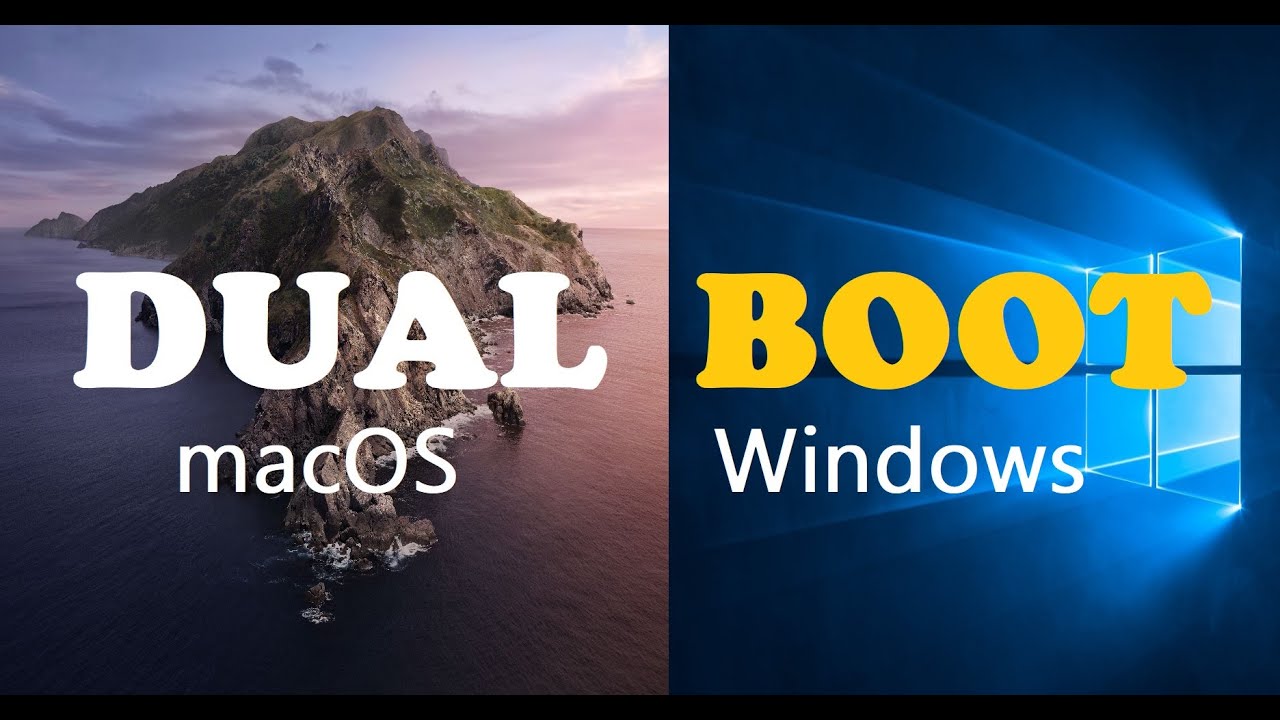
Dual-Booting Windows 10 and macOS
Yes, you can dual-boot Windows 10 and macOS on your Mac. With Apple’s Boot Camp Assistant, you can install Windows 10 on your Mac in just a few steps. Once the installation is complete, you’ll be able to switch between macOS and Windows by restarting your Mac and selecting the operating system you’d like to use. It’s important to note that Boot Camp will allocate a certain amount of storage space for each operating system, so make sure you have plenty of free space available before beginning the installation process.
The Benefits of Dual-booting Mac
Yes, it is perfectly OK to dual-boot your Mac. Dual-booting is a great way to use two differnt operating systems on the same computer for different purposes. It allows you to switch between macOS and another OS based on your needs.
In order to dual-boot your Mac, you will need to create a separate partition for the oher OS. This can be done by using disk utility in macOS or by using third-party software like Boot Camp Assistant. After the partition has been created, you can install the desired OS on it and select it as the default at startup.
Dual-booting is convenient and secure sine each OS runs independently of each other, so any changes made in one will not affect the other. It also gives you flexibility to switch between the two easily when needed.
Booting a Mac Into Dual-boot Mode
To boot your Mac into dual-boot mode, you’ll need to restart your Mac and press and hold the Option (or Alt) ? key on your keyboard. When the startup window appears with all available startup volumes, select the Boot Camp volume, then press Return or click the up arrow. This will allow you to choose beteen running Windows or macOS when you boot up.
Can MacOS and Windows Coexist?
Yes, you can have both macOS and Windows on your Mac computer. The Boot Camp Assistant helps you create a separate partition on your hard disk for Windows, and then install the Windows software. After installation is complete, you can easily switch between macOS and Windows by restarting your Mac. This allows you to use the same computer to work in eiter macOS or Windows, depending on your needs.
Does Boot Camp Impact Mac Performance?
No, Boot Camp does not slow down your Mac. Boot Camp is a utility that allows you to install and run Windows on your Mac, and it doesn’t interfere with the performance of your Mac or any of its applications. It simply creates a separate partition on your hard drive, which allows you to switch beween macOS and Windows without rebooting the computer. Once installed, Windows runs as smoothly as it would on any other PC. In fact, many users report improved performance when running Windows on their Macs with Boot Camp!
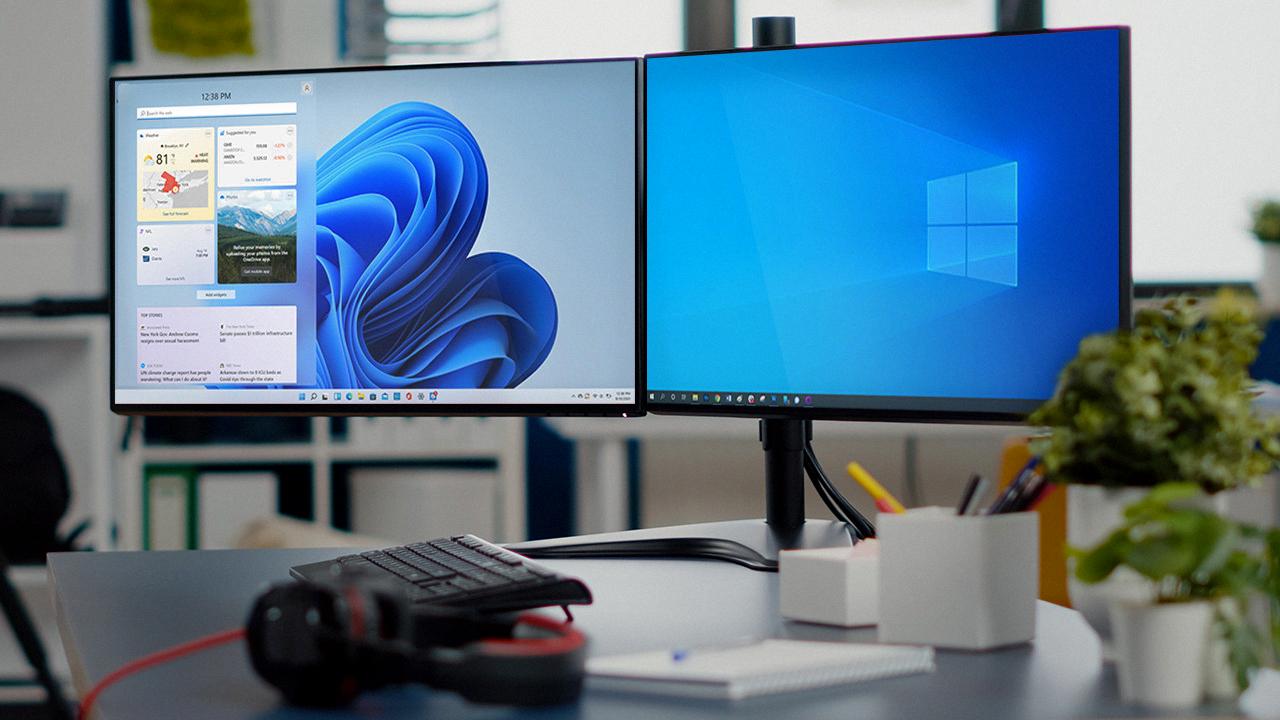
Source: pcmag.com
Using an SSD for Both Windows and Mac Operating Systems
Yes, you can use an SSD for both Windows and Mac. An SSD (Solid State Drive) is a type of data storage device that stores data on solid-state memory chips, which are faster and more reliable than traditional hard disk drives. An SSD is compatible with both Windows and Mac operating systems. To ensure compatibility between the two systems, you should format the drive using the exFAT file system. This will allow both your Windows and Mac computers to access the files stored on your SSD.
Reasons Why Dual Boot Is Not Recommended
Dual booting is not recommended because it can be a risky procedure. It involves partitioning your hard drive and installing two operating systems, which can lead to data loss or instability if not done properly. Additionally, dual booting can present challenges when updating or patching one of the operating systems, as changs might disrupt the other operating system. Additionally, since both operating systems are sharing resources, performance may be degraded and security risks increased. Finally, it can be difficult to keep both operating systems up-to-date and secure since they will have different update cycles.
How Does Dual Boot Impact RAM?
No, dual booting does not affect RAM. RAM is a physical component of your computer and is not affected by the operating system you choose to use. The amount of RAM aailable to your system will be the same regardless of whether you are using one or two operating systems. What dual booting can affect is your disk space, as both operating systems need to be installed on your hard drive. It can also affect the performance of your computer depending on how much RAM each operating system is consuming, as well as CPU and disk I/O speed.
Does Dual Booting Increase RAM Consumption?
No, dual boot does not consume more RAM. When you install a dual boot system on a computer, it only takes up space on your hard drive. It does not use any extra memory or CPU resources when the other operating system is not running. The RAM that is allocated to each operating system depends on how much RAM you have available and how it is partitioned between the two systems. Generally speaking, the OS that is currently running will take up more RAM than the one that is not running.
Dual-Booting a Mac Without Boot Camp
Dual-booting your Mac without the use of Boot Camp is a reltively straightforward process. First, you’ll need to purchase an external hard drive, an external keyboard and mouse, and a Windows installation ISO file. Next, download the software program Etcher from the internet and use it to burn the Windows ISO file to your external hard drive. Once that’s done, you’ll need to disable the T2 chip security in your Mac’s System Preferences menu. Then download the Boot Camp Support Drivers from Apple’s website and install them on your Mac. Lastly, you’ll need to create a Windows boot drive on your external hard drive and then boot Windows up from it. With these steps complete, you should be able to dual-boot your Mac without needing Boot Camp!
Determining If a Mac Is Dual-Booted
To determine if your Mac is dual-booted, open System Preferences, then click on the “Startup Disk” option. This will show you a list of all the operating systems installed on your Mac. If two or more operating systems are listed, then your Mac is dual-booted. You can also look at the startup disk selection menu when you restart or boot your Mac by holding down the Option key. This will show you a list of available boot options, from which you can see which operating systems are installed on your Mac.
Creating a Windows 10 Bootable USB on a Mac
Creating a Windows 10 bootable USB drive on macOS requires a few steps. First, open Disk Utility. Next, select the drive you want to be your boot drive and click “Erase” from the top menu. In the format dropdown, select “ExFAT” and confirm your settings. After that, open the command line terminal and type in “sudo /Applications/Install\ OS\ X\ Yosemite.app/Contents/Resources/createinstallmedia –volume /Volumes/MyVolume –applicationpath /Applications/Install\ OS\ X\ Yosemite.app –nointeraction” whee MyVolume is the name of the volume you just erased. This will create a Windows 10 bootable USB drive on your Mac with all the necessary files for installation. When this process is complete, you can restart your Mac with the USB drive connected and start installing Windows 10!
The Pros and Cons of Running Windows on a Mac
Running Windows on a Mac can be a good idea depending on the user’s needs. Having Windows on a Mac cuts down IT costs and eliminates the need to switch from one computer to another. It also allows users to access applications and hardware that are only avalable on the Windows platform. Additionally, it allows users to use their preferred programs with the added benefit of being able to run them in parallel with Mac applications. While running Windows on a Mac may require additional setup time, it can be well worth it for those who need both operating systems.
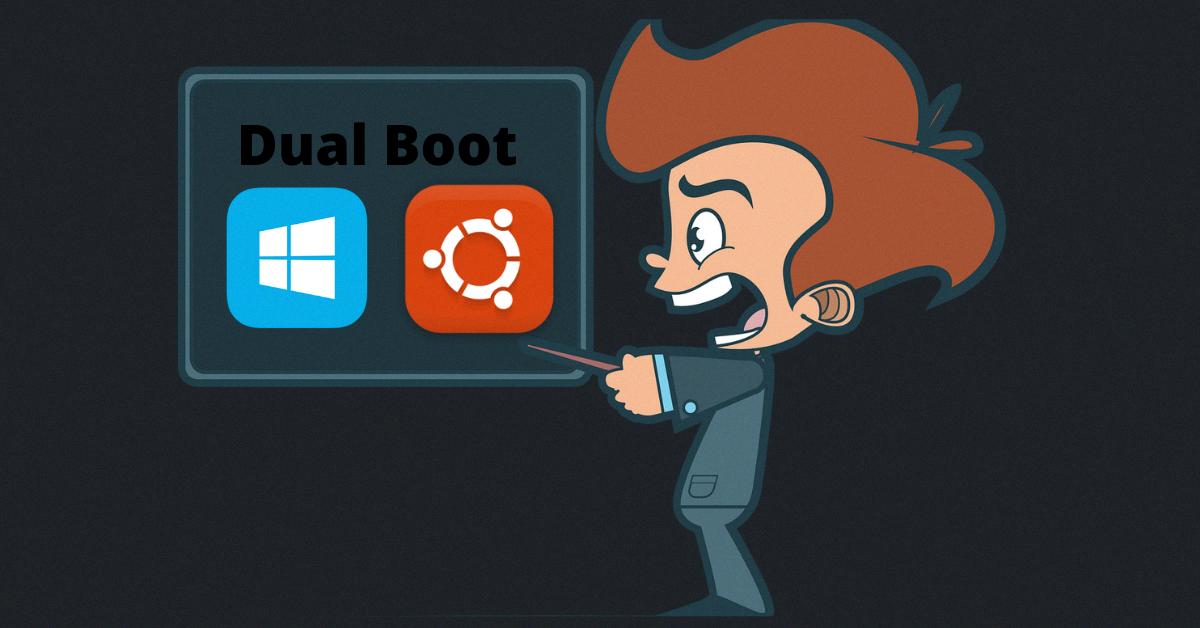
Source: freecodecamp.org
Running Boot Camp and Mac Simultaneously
Yes, you can run both Mac OS X and your Boot Camp Windows installation at the same time with the help of a virtual machine. This is made posible through Apple’s Boot Camp Assistant, which creates a separate partition on your Mac specifically for running Windows. Once this partition is created, a virtual machine can be created from it, allowing you to run both operating systems simultaneously. Note that this requires the use of a third-party application such as Parallels Desktop.
Conclusion
In conclusion, dual-booting Windows 10 and macOS on a Mac is a great way to access both operating systems. With Boot Camp, you can install Windows 10 on your Mac, then switch between macOS and Windows when restarting your Mac. You’ll have both versions of macOS available and you can select the one that suits you depending on the task you’re trying to achieve. Boot Camp Assistant helps you set up a Windows partition on your Mac’s hard disk, install the necssary drivers, and start up your Mac in either Windows or macOS. With dual-booting, you can take advantage of the best features of both operating systems without having to use two computers.

